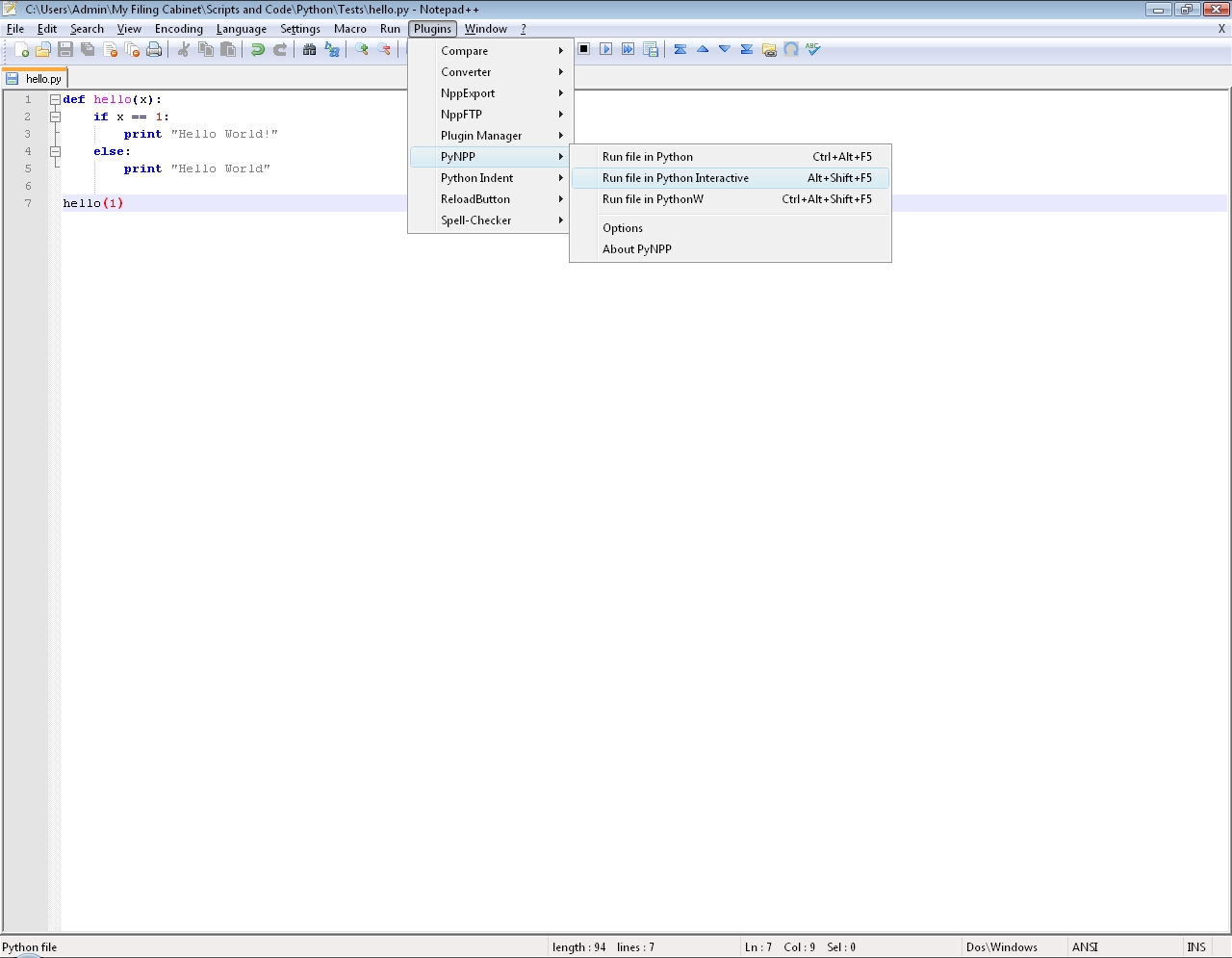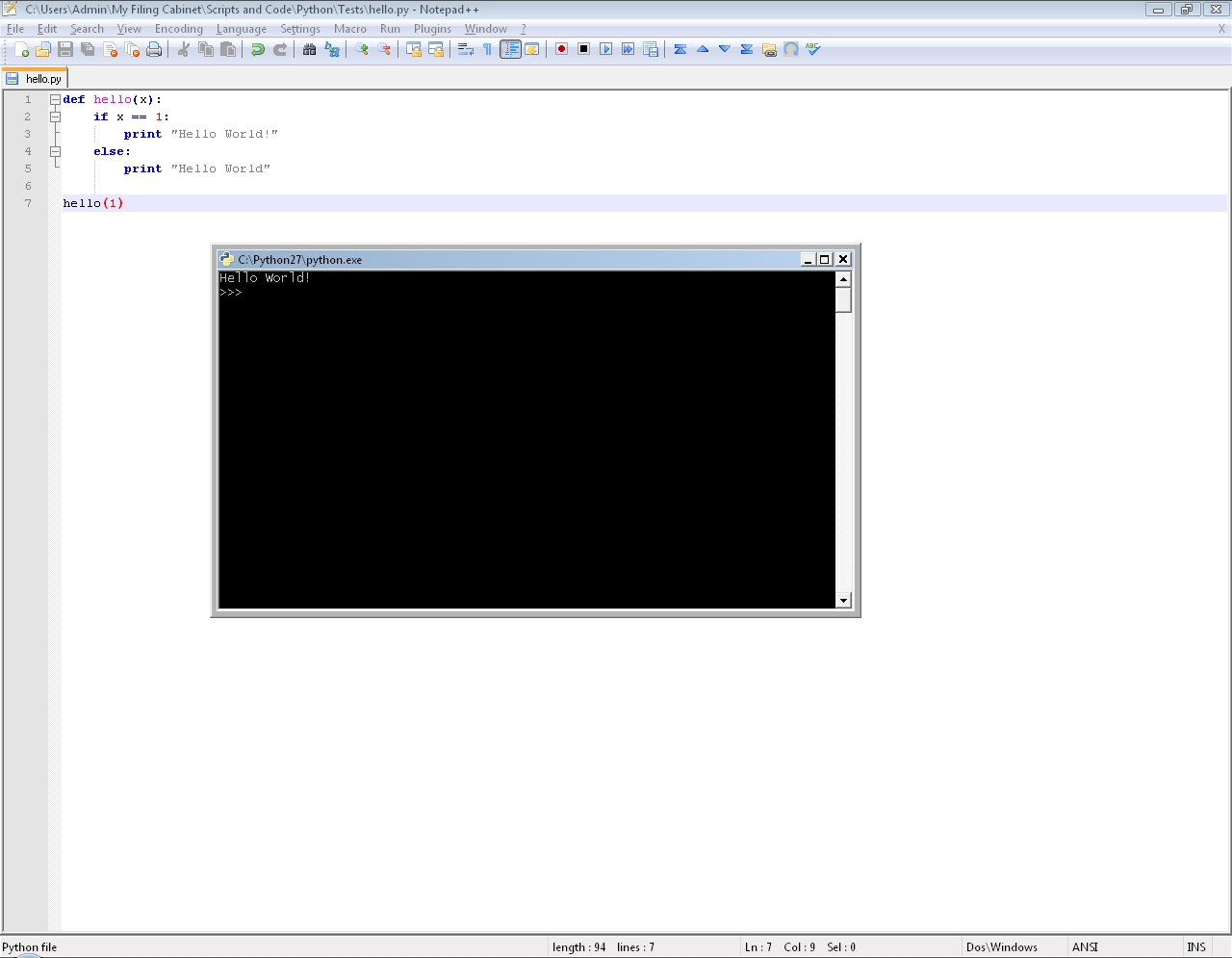Sublime Text 2 is a text editor for OS X, Linux and Windows, currently in beta.

 Fadeout horizontal overflow
Fadeout horizontal overflow

 Mardell: US pivots to the Philippines
Mardell: US pivots to the Philippines
President Obama's much debated "pivot to Asia" can often seem like an abstract diplomatic desire.
But it may now be saving lives. The "pivot" has meant Mr Obama has continued switching US military focus from the Middle East to the Pacific Ocean.
It is controversial on many levels, but it may be paying dividends for the unfortunate people of the Philippines.
Yesterday two transport planes and a group of marines were sent to Tacloban.
New treaty likely
The aircraft carrier George Washington and cruisers Antietam and Cowpens, the destroyers Mustin and Lassen, and the supply ship Charles Drew are also heading to the area.
The US military has had a tortured relationship with the Philippines - a base was closed in the 1990s, which was a real strategic loss.
Recently relationships have improved a lot, and a new treaty is likely.
This swift response from the US is in contrast to the Philippines' big neighbour, China.
They've offered a measly $100,000. OK, they are locked in a bitter dispute over who owns the Spratley Islands.
This makes them all the more worried about the possible treaty between the Philippines and the US, but that makes offering aid clever diplomacy, rather than comforting the enemy.
In the summer I went to China to make a documentary on Sino-US relations.
Many Chinese are concerned that the "pivot to Asia" is little more than code for an increase in US naval power in the region, aimed at boxing them in.
Altruism as diplomacy
Unidentified soldiers stand near a V-22 Osprey in Leyte, Philippines on 12 November 2013
A V-22 Osprey was among the US military kit deployed to Leyte, Philippines
At the same time there are some who want their country's ever-growing economic might to be matched with a bigger influence in the world, starting in their own region.
But many genuinely don't want to match what they see as America's presumptuousness and arrogance.
You would have thought that lending a friendly hand to a neighbour in dire need would be a textbook exercise in soft power, but it doesn't appear to be happening.
It's true Filipinos might not want to see Chinese warships off their shores, or men in PLA uniforms bearing food and water.
Then again, they might not care right now about the political provenance of help.
The US aid may not just be motivated by a good heart and a love of liberty - altruism is good diplomacy too.
Its request for a big base may now garner support among those who were wary.
It comes back to the old question, often heard around Washington, "If not us, who?"
In the Philippines, I bet they are just glad it is somebody with the lifting power to make a difference.
RELATED NEWS:
http://www.thecrownmanagement.com/the-worlds-top-ten-most-dynamic-economies/

 Readers' Travel Tips: Affordable Activities for Kids in the UK
Readers' Travel Tips: Affordable Activities for Kids in the UK
 http://www.theguardian.com/travel/2014/jan/29/readers-travel-tips-affordable-activities-for-kids
http://www.theguardian.com/travel/2014/jan/29/readers-travel-tips-affordable-activities-for-kids
Do you have a failsafe activity to keep the kids happy at half-term? From urban farms to art workshops, museums and wildlife walks, we are looking for your tips on family fun
Half-term is looming – breathe deep. Do you have a go-to place or activity that keeps your children entertained? Not so much camping in your own back garden as places to go, events that are on or a particular cafe that doubles as a play room. From city farms and nature walks to art classes and museums, let us know and you could win a top prize.
Up for grabs is a Sprindrift 300 tent from Force Ten worth £540 and perfect for wintery expeditions. Submit your tips by clicking on the blue button and using the text tab. Try and include as much detail as possible – location, website address etc – and feel free to add a photo if you own the copyright to it, but it will be the text we're judging! Your tip should be around 100 words.
Closes 5 February 2014 at 6am GMT
GuardianWitness is the home of user-generated content on the Guardian. Contribute your video, pictures and stories, and browse news, reviews and creations submitted by others. Posts will be reviewed prior to publication on GuardianWitness, and the best pieces will feature on the Guardian site.
References:
http://westhillconsulting.info/
http://westhillconsulting-info.tumblr.com/

 Cannot tab to next placeholder in a snippet
Cannot tab to next placeholder in a snippet
When inserting a snippet, the cursor moves to the first placeholder which I can edit. However, when I press tab it does not move to the next placeholder in the snippet :-(
OS: Linux (Ubuntu 12.04.1 LTS)
Sublime Text Version 2.0.1, Build 2217
Steps to reproduce:
- Type the tabTrigger for a snippet with more than 1 placeholder
- Type some characters for the 1st placeholder
- Press tab
- Cursor stays in 1st placeholder

 Pass code to interactive interpreter as separate window
Pass code to interactive interpreter as separate window
Ability to run code interactively in the appropriate interpreter in a separate window a la the PyNPP plugin for Notepad++

I prefer the interpreter to "pop-up" when I want to test my code. I can then take note of an error (Python gives great feedback on errors), close the command prompt window, go back to the code and fix the problem.
I don't like how "Building" in Sublime causes the console to pop-up using up reducing the code you can look at.
With PyNPP I can click in the main window to switch focus back or if I do not need to see the prompt again I can exit it which is much simpler than View->Console. I also find the grey-on-white much harder to read than the white-on-black of the command prompt and it is not representative of what my users will be seeing/using.

 Customize all resources *.sublime-* down to project level
Customize all resources *.sublime-* down to project level
Best Editor. Ever.
I have a request about building system on Sublime Text 2. It happens in my organization to develop C applications for micro-controllers. We have different compilers and linkers and normally different building options to manage.
We have up to half dozen of most used tasks (building variants) for each project. Generally speaking we have few categories where a project falls into.
The most obvious difference is on the "file_regex" property when dealing with more compilers.
Now, it's possible to specify "build_systems" inside the sublime-project, but it does not bring to a desirable result.
Another problem is the key binding for building tasks to launch. I'm not able to assign this binding at project level.
For example the Ctrl+Shift+F9 should execute different commands on different projects, given the purpose of the operation is the same for consistency.
Here is my desire
I would like to specify at project level key combos and building variants like they would appear if done inside the user .sublime-build file.
I thought it was possible to customize all resources down to project level by simply adding the associated .sublime-* file inside the project root (aka where the .sublime-project is stored), but I'm not able to make it work.
I googled enough to think it is not possible yet, maybe I'm wrong.
Thanks!

 Previewing html
Previewing html

 Mac OS X .textclipping support
Mac OS X .textclipping support

 ROBERT P. FUESSL: An incisive and impavid individual committed to serving the public
ROBERT P. FUESSL: An incisive and impavid individual committed to serving the public
Do you want someone to inspire you to become successful?
Then, you should finish reading this article; and get to know a man who achieved many things, such as being included in the prestigious FAA Airmen Certification Database and being the respected vice-president of the American International School of Subic. Yes, challenges came into his life, but that didn't stop him from achieving his goals. He strongly believes that everything in life happens for a good reason, and it teaches us to become a better person and to inspire other people. No one is perfect that's why pencils have erasers.
So, who is this man we're talking about? He is none other than Robert P. Fuessl.
Let us begin with his most daring and challenging career: being a pilot. Perhaps, you've heard about the renowned FAA Airmen Certification Database, right? It's on a different level and the pilots included in its database are the most qualified and best-trained pilots who have met or exceeded the high educational, licensing and medical standards established by the FAA.
Robert is from Landshut, Germany, and as a pilot, he has been recently acknowledged by the Federal Aviation Administration (FAA) for his inclusion in the Airmen Certification Database, a fact which anyone can check in the agency's website.
Seeing a plane crash is a true horror. No wonder the pilot certification standards have progressed dramatically through the years in order to diminish pilot errors. And FAA standards are some of the highest in the world.
Customer support service by UserEcho



